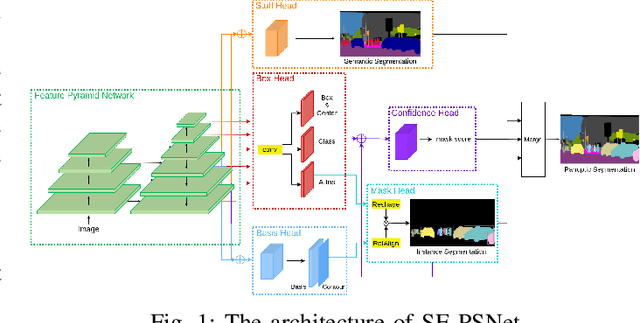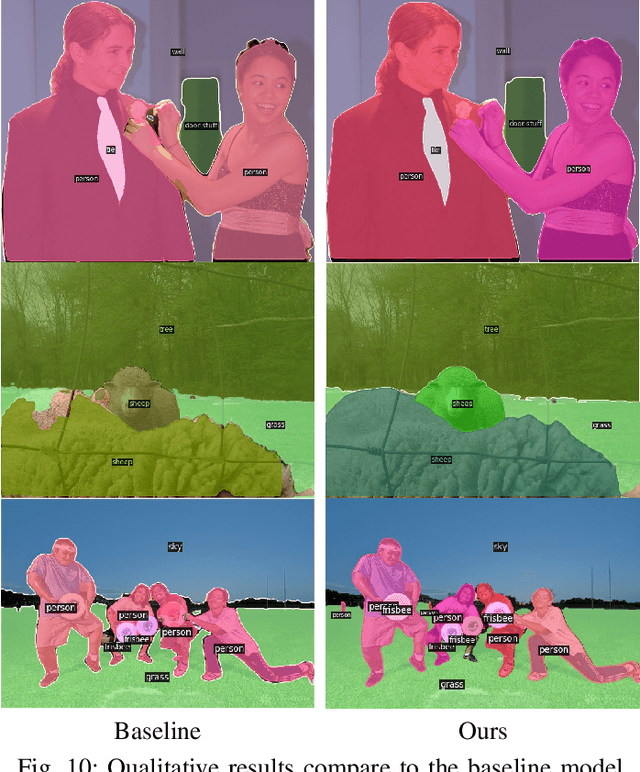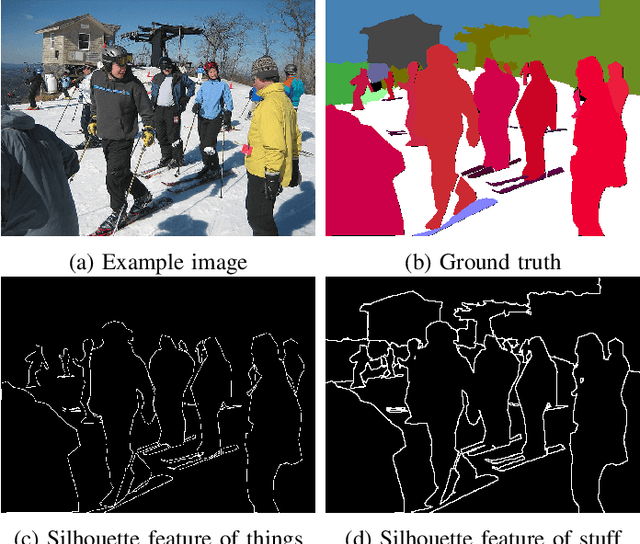Yi-Cheng Yang
Space Net Optimization
May 31, 2023Abstract:Most metaheuristic algorithms rely on a few searched solutions to guide later searches during the convergence process for a simple reason: the limited computing resource of a computer makes it impossible to retain all the searched solutions. This also reveals that each search of most metaheuristic algorithms is just like a ballpark guess. To help address this issue, we present a novel metaheuristic algorithm called space net optimization (SNO). It is equipped with a new mechanism called space net; thus, making it possible for a metaheuristic algorithm to use most information provided by all searched solutions to depict the landscape of the solution space. With the space net, a metaheuristic algorithm is kind of like having a ``vision'' on the solution space. Simulation results show that SNO outperforms all the other metaheuristic algorithms compared in this study for a set of well-known single objective bound constrained problems in most cases.
SE-PSNet: Silhouette-based Enhancement Feature for Panoptic Segmentation Network
Jul 11, 2021



Abstract:Recently, there has been a panoptic segmentation task combining semantic and instance segmentation, in which the goal is to classify each pixel with the corresponding instance ID. In this work, we propose a solution to tackle the panoptic segmentation task. The overall structure combines the bottom-up method and the top-down method. Therefore, not only can there be better performance, but also the execution speed can be maintained. The network mainly pays attention to the quality of the mask. In the previous work, we can see that the uneven contour of the object is more likely to appear, resulting in low-quality prediction. Accordingly, we propose enhancement features and corresponding loss functions for the silhouette of objects and backgrounds to improve the mask. Meanwhile, we use the new proposed confidence score to solve the occlusion problem and make the network tend to use higher quality masks as prediction results. To verify our research, we used the COCO dataset and CityScapes dataset to do experiments and obtained competitive results with fast inference time.
 Add to Chrome
Add to Chrome Add to Firefox
Add to Firefox Add to Edge
Add to Edge